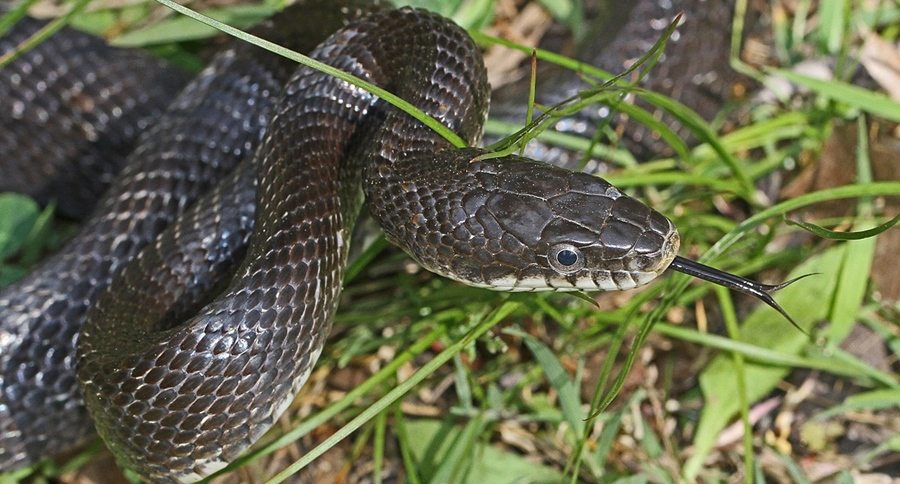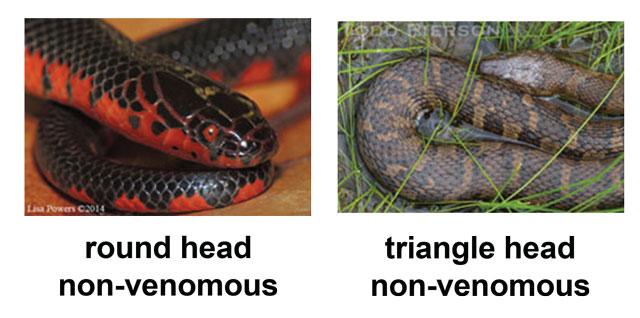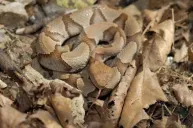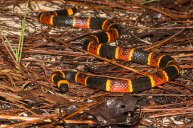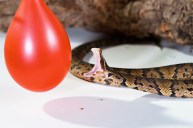It's important to know what kinds of snakes are dangerous. You can identify different kinds of snakes just by using these simple tips.
Phil and Thomas were hiking along their favorite section of trail one sunny day in late spring when Phil suddenly stopped. Thomas had been following so close to him that he almost ran Phil over.
"What in the world are you doing," Thomas asked. "Snake," Phil stuttered in a whisper, as though the snake had no idea he was there.
They looked ahead and determined it was a rather long, smooth-looking brown and black snake with a pretty design.
"Don't worry, it's just a rat snake," Phil said.
The two made their way around the snake and continued their hike as Phil's heart rate began to slow again.
Snakes are just part of life in the outdoors and really shouldn't cause people anxiety. However, let's face it—they do. The biggest reason people fear snakes is their inability to recognize the type of snakes they encounter.
One important thing to point out here is that most people, including sources that should know better, wrongly refer to snakes as either poisonous or non-poisonous. Snakes are actually either venomous or non-venomous. Yes, there is a difference. Venom is injected while poison is ingested or absorbed.
How Can I Tell the Difference?
There are a few ways to tell the difference between types of snakes, including length, color, pattern, head size, scale types, and anal plate. We'll concentrate what can help you distinguish venomous from non-venomous.
Pupils and Eyes
Why would someone get this close? Well, you don't have to be that close in order to see the types of eyes a snake has.
In general, non-venomous snakes have rounded pupils in the center of the eye. However, most venomous snakes have a cat-like eye with a vertical pupil.
Additionally, a pit viper will have a small, round hole or pit between its nose and eye. Pit vipers include rattlesnakes.
Head Shape
While head shape is not a definite method for identifying venomous snakes, it does help with some. The cottonmouth and rattlesnake both have larger heads that look like an arrowhead, but so do many other snakes that aren't harmful. Some snakes will flatten their heads out when feeling threatened, so take this into consideration.
Know Area Natives
You don't have to be able to tell the difference between every snake. You only need to be able to know what the venomous snakes in your area look like. Although, it is important to note that even then it's best to just let a snake go about its business unless it's a threat.
Snakes are an important part of the ecosystem and help in keeping the population of other animals under control. A healthy snake population is indicative of a healthy ecosystem.
NEXT: TIPS FOR CHOOSING A BACKPACKING STOVE
WATCH
